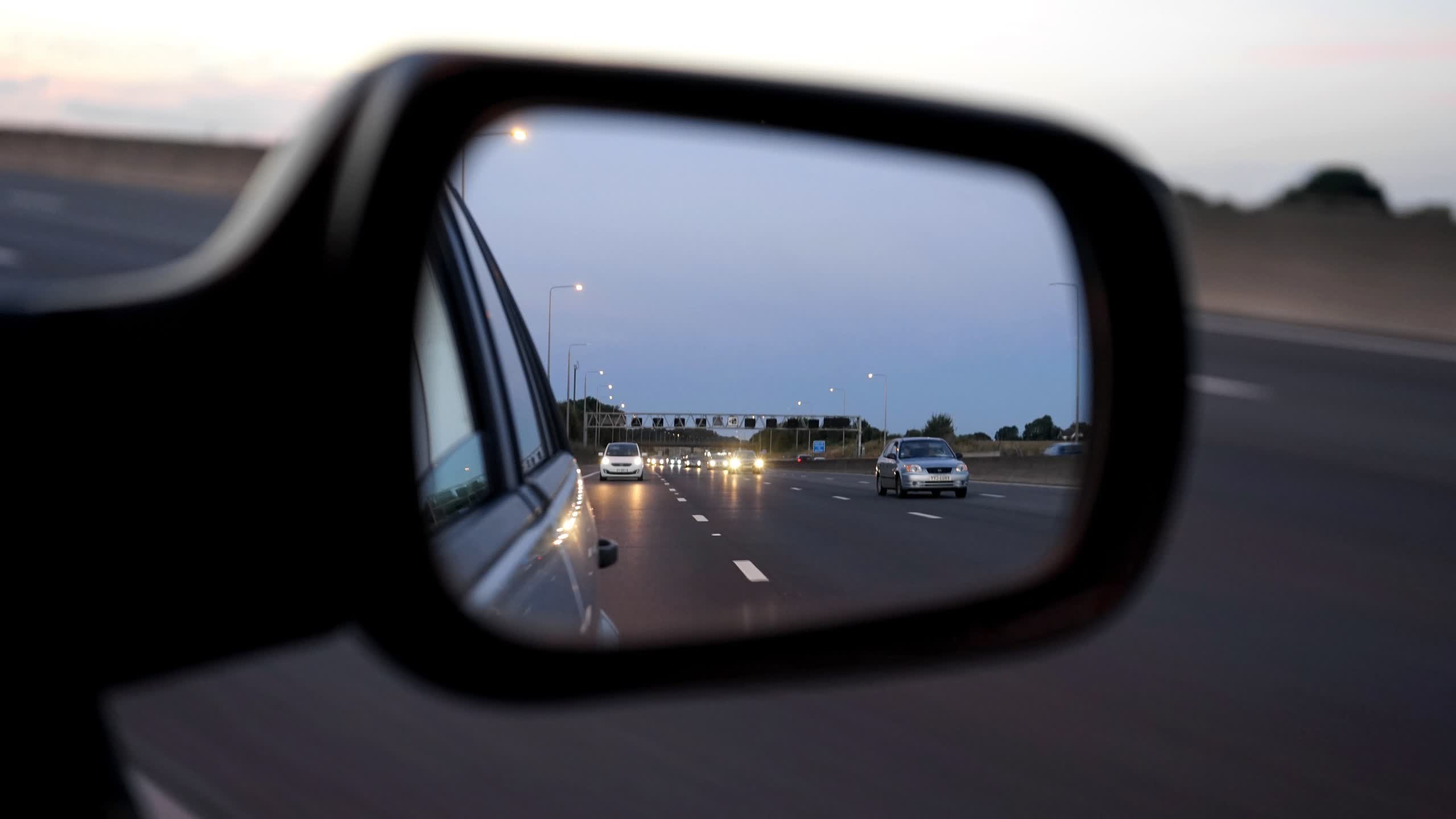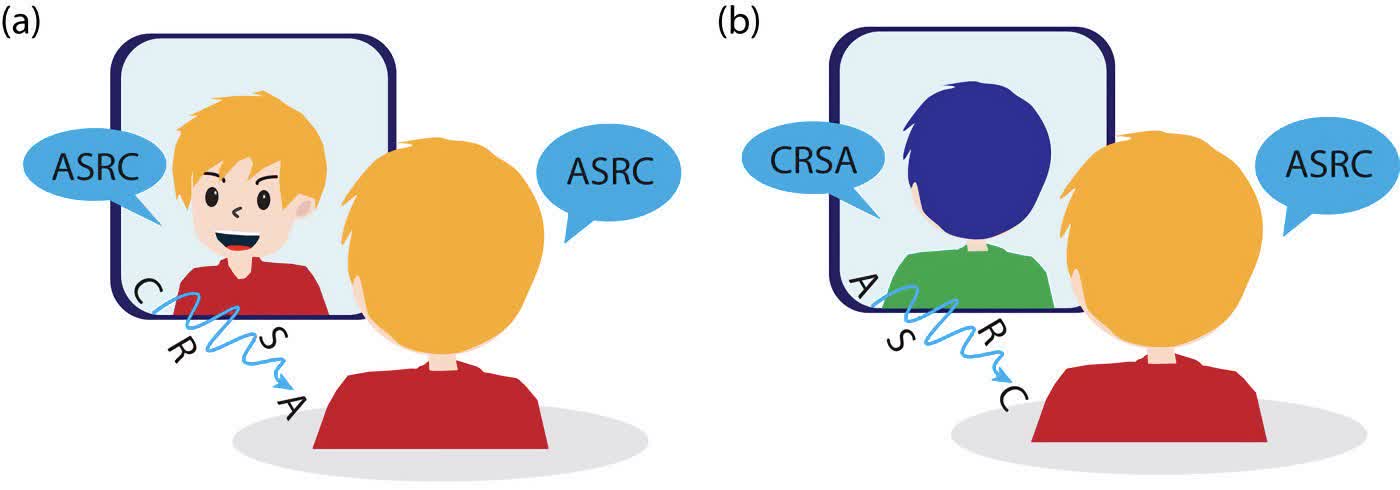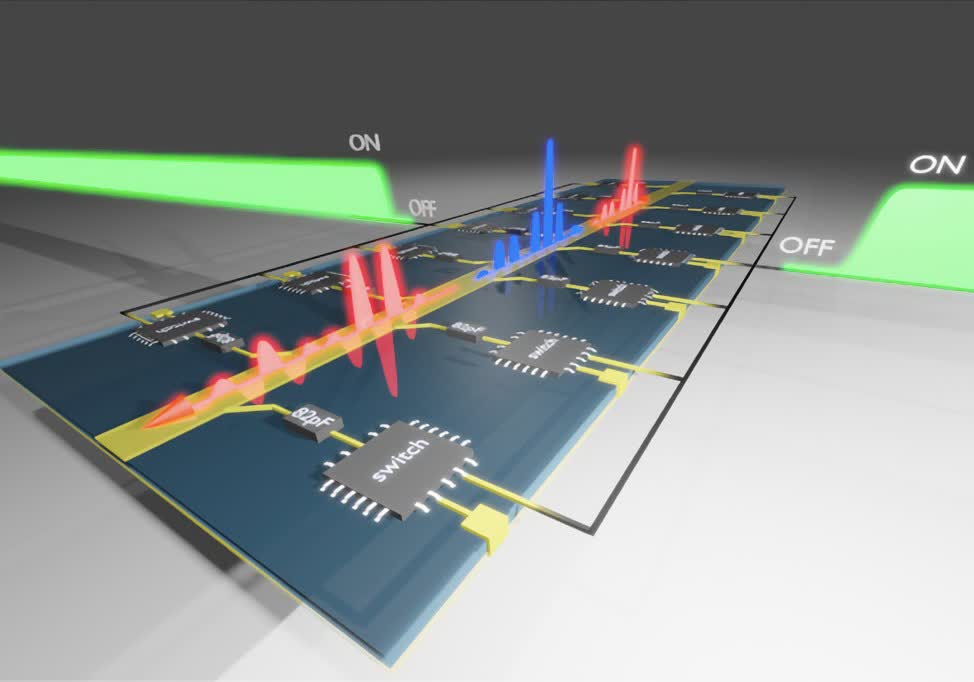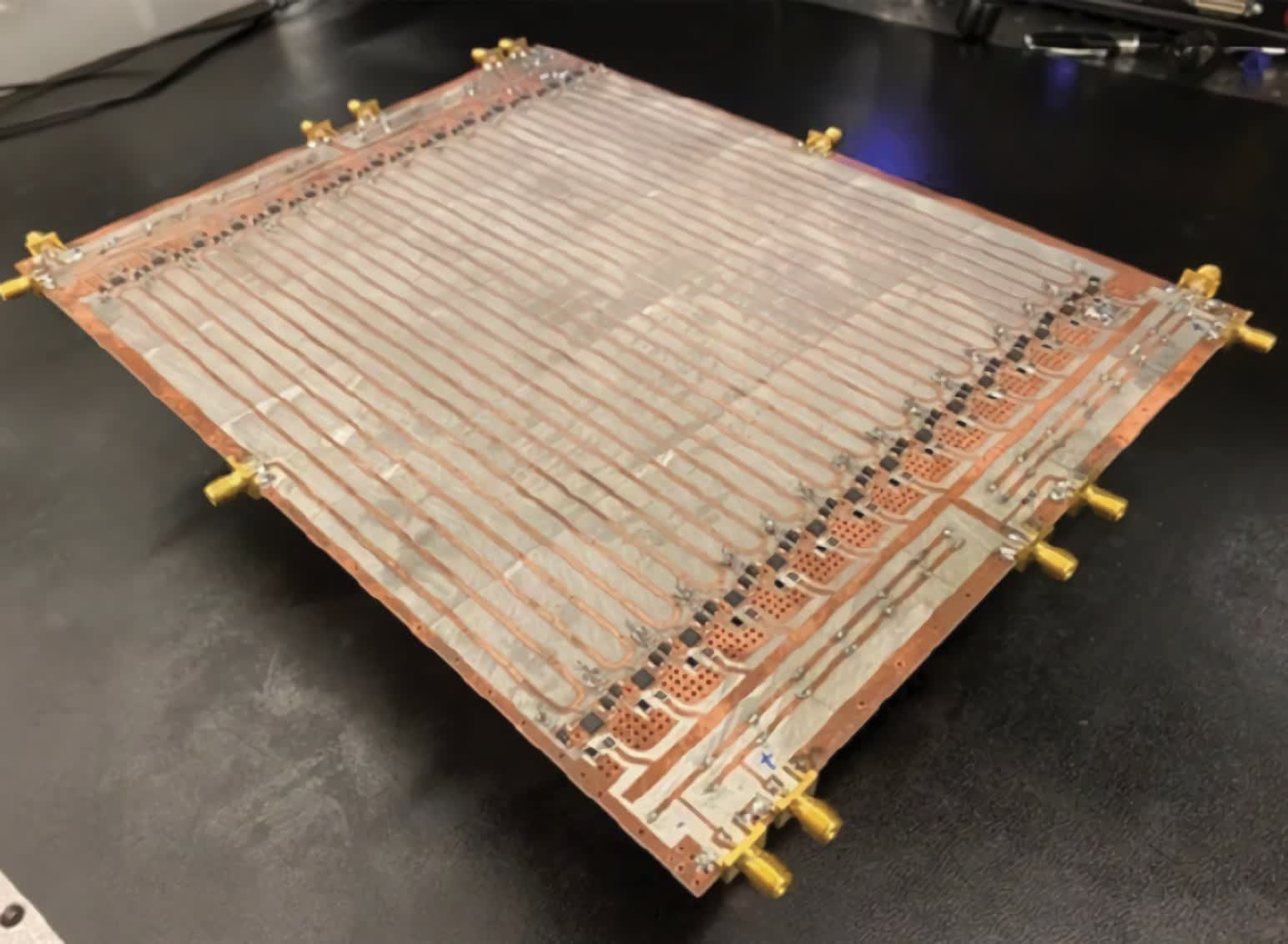Through the looking glass: Scientists at the City University of New York (CUNY) created a "mirror" that can reflect an electromagnetic wave backward in time. It is not the first time this has been done, but it is a breakthrough for signals of this frequency range. The team hopes the research will pave the way for ultra-fast communication and computing applications using light.
The mirror that the CUNY team built is not like the mirror in your bathroom but works similarly. So it helps to revisit light reflection to help understand the mechanics.
Light in the visible spectrum allows us to see objects and their colors. The color we see is that wavelength reflected off the object, while the rest of the frequencies get absorbed. The entire spectrum gets reflected from items colored white, but only to a degree---about 80-90 percent in most cases.
A household mirror creates an inhomogeneity reflecting 100 percent of the white light, so the image appears like whatever is in front of it but spatially reversed. In other words, left is right or what we call a mirror image. The wavelengths reflect without diffusion, so they hit your eye at the same frequency they hit the mirror.

"Light bounces off a mirror because the impedance of the mirror material is very different to air, so the waves that hit the mirror have to go back, they can't enter the mirror," co-author of the research Andrea Alù told Motherboard.
What CUNY created is a mirror that temporally reverses waves. So if the signal hits the mirror in a series of 1234, it bounces back as 4321. To apply what that means to our bathroom mirror, imagine it reflecting the image a camera filming you from behind would produce. You would see the back of your head, and your right would be your mirror image's right.

However, that is not the only difference because the mirror would now reflect the light waves backward so that the colors would be all messed up. Orange would look blue, yellow would appear purple, and red would return green. But this is just a thought experiment to analogize the mechanic.
The mirror the scientists created does not reflect visible light. It works on much lower frequencies. In fact, it's just a board with a strip of metal embedded with numerous switches woven into it, turning it into a "metamaterial." The switches can cycle very fast. When the frequency of the mirror is higher than the incoming wave, it creates an impedance or inhomogeneity that reflects the wave stretched out and reversed---trademarks of temporal reversing. They "view" this change by sending a known frequency with varying amplitude and measuring the reflection.

This time reflection is not new. It's a form of modulation scientists have studied for around 60 years.
"It's actually a very common operation. Time reflection is actually the key to many technologies," said Alù.
It has been used for signal processing in radio communications to clean up distortion and noise in signals. This processing is done digitally and involves working with a single frequency. What CUNY did was time reverse a wave of several frequencies without digitization.
The research is a minuscule step toward computers that use laser light for storage and processing. However, this is far into the future. The switches in the metamaterial would need to be much, much, much faster.
"Our experiment shows that you could do this with any frequency essentially," said Alù. "[However,] typical switching technology starts breaking down as you go into the terahertz frequencies."
The current experiment is in the low gigahertz range. The team's next endeavor will be to experiment in the hundreds of GHz. Even if they are successful in that higher band, they will still be far from the 400THz frequencies of visible light. So don't hold your breath for such a breakthrough. It's not likely to happen in our lifetimes, if at all.
